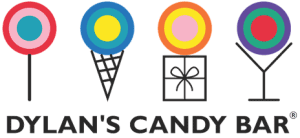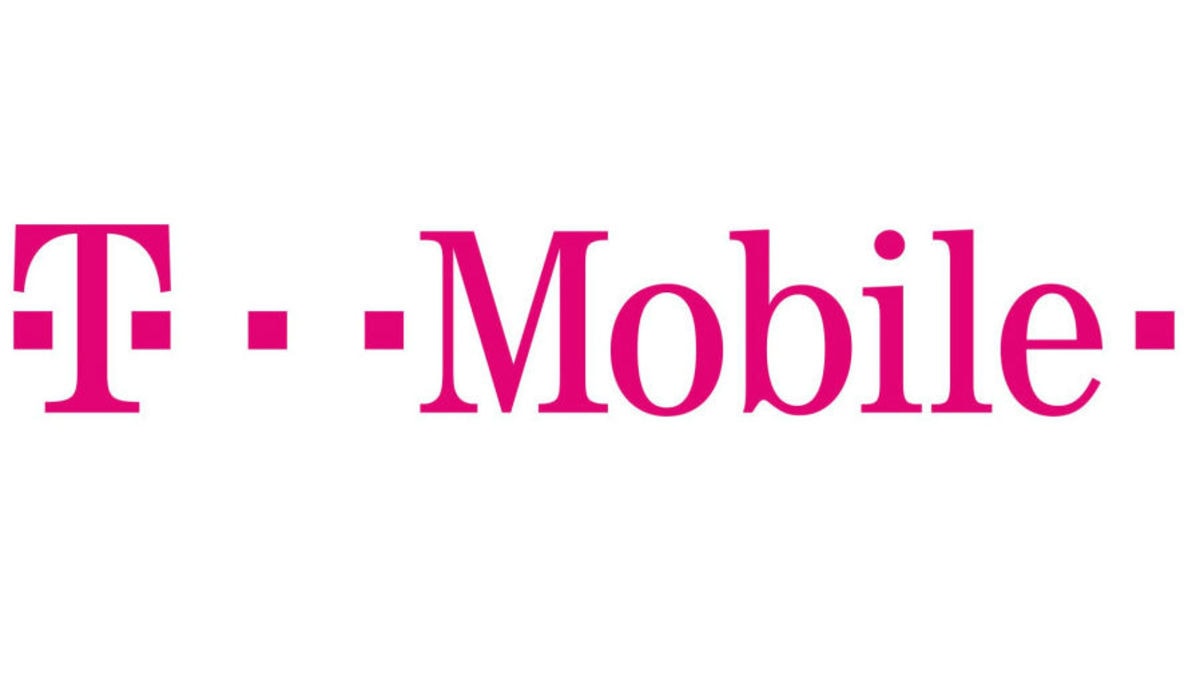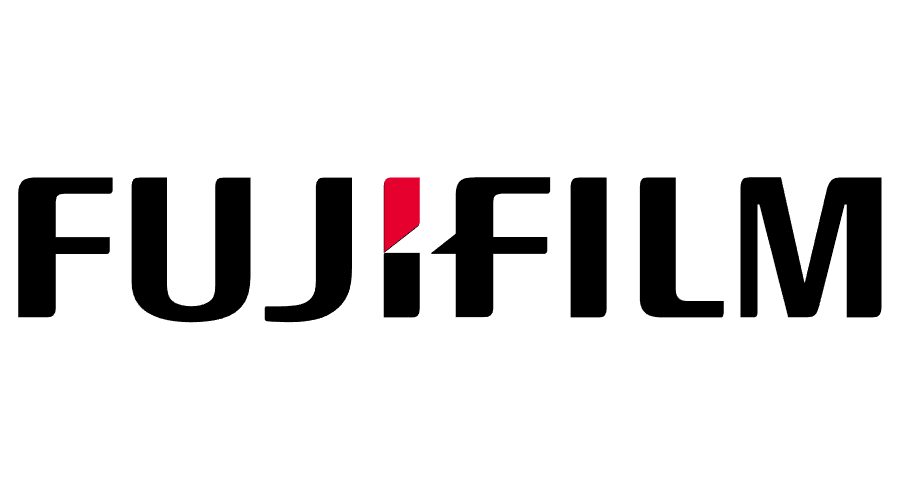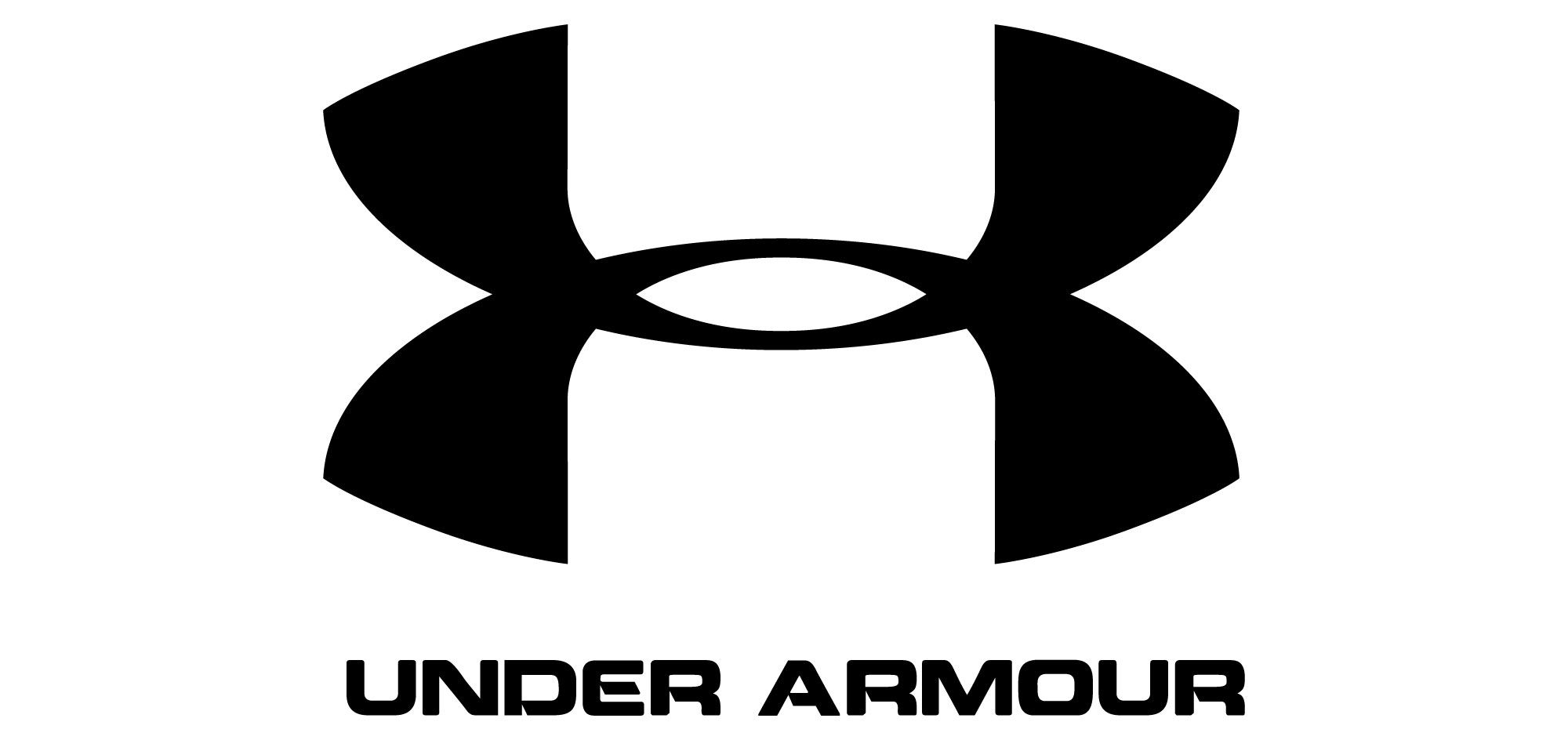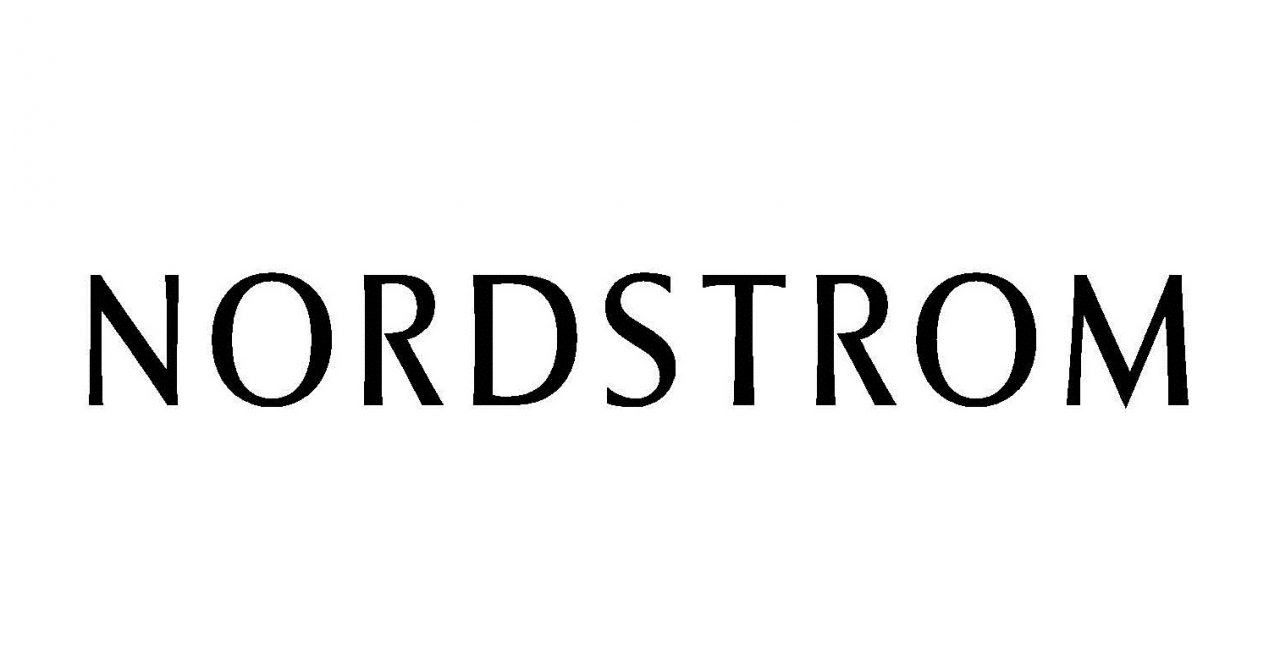Key Takeaways
- Define Your Objective
Establishing a clear goal ensures the brochure effectively communicates your message. It helps in organizing content, making it more engaging and relevant. Without a clear objective, the brochure may lack direction and impact. - Know Your Audience
Understanding your target audience allows you to tailor the language, tone, and content to their needs. This alignment increases engagement and makes the message more relatable. A well-targeted brochure is more likely to convert readers into customers. - Choose Appropriate Brochure Folds
The right fold type enhances readability and presents information in a logical order. A well-folded brochure ensures a smooth flow of content, keeping readers interested. Selecting the wrong fold can make navigation difficult and reduce effectiveness. - Incorporate High-Quality Visuals
Eye-catching images and graphics make the brochure visually appealing and reinforce the message. Clear visuals help break up text and improve readability for the audience. Poor-quality images can make the brochure look unprofessional and untrustworthy. - Include a Strong Call-to-Action (CTA)
A compelling CTA tells the reader exactly what step to take next, such as calling or visiting a website. Without a clear CTA, potential customers may not know how to proceed. A well-placed CTA increases conversions and engagement rates.
Creating the perfect brochure for your business can be difficult, with a wide range of different factors to consider. From color to copy, working out what to include – and what to exclude – can be a challenging, time-consuming process.
The ideal information and design elements for your brochure can vary based on the type of product or service your selling, your target audience and your overall sales and marketing strategy.
Direct sales can demand an information-rich brochure packed with persuasive and informative copy, while a long sales process (such as those seen in B2B) can often require a different, less direct approach.
In this guide, we’ll share four tips, tactics and techniques to help you work out what information and design elements to include and exclude in your brochure to achieve the maximum response rate.
In B2B, leave out key pricing information to generate more leads
One of the keys to effective B2B sales is to focus on fewer leads and invest more of your sales team’s time into each lead. This makes generating sales leads from your brochure a far greater priority than generating immediate sales.
People are unlikely to buy a $10,000 business service just from a brochure, but the chance of them indicating interest in your service – provided it’s something they’re truly interested in – is quite high.
Because of this, it’s often best to leave key pricing information out of your brochure when you’re selling B2B services or products. With the pricing information absent, prospects will need to contact you to learn more, initiating the sales cycle.
In B2C, make pricing obvious and easy for prospects to understand
When it comes to B2C, the B2B process is flipped on its head – instead of spending a lot of time on each prospect, it’s better to take a “wide” approach to marketing your product or service and make information as accessible as possible.
If you’re marketing a B2C product – particularly an inexpensive product – make sure your brochure includes detailed pricing, purchase and delivery information so your audience can make a decision right then and there.
There are very few impulse buys in B2B, but a great deal of on-the-spot decisions in the world of B2C sales. Offer as much information as possible to drive home the sale and inspire prospects to take immediate action.
Include authoritative colors and elements to build trust in your brand
You’ll rarely find a brochure for an investment firm or major bank with bright pink or orange lettering. This is because color plays a huge role in how we perceive not just value, but reliability and trustworthiness.
If your product or service depends on trust – for example, an investment or a B2B service – it’s vital that you use colors and design elements that encourage trust and respectability in your brochures and other marketing materials.
Colors like dark blue and dark green inspire people to trust your brand, even if used relatively lightly. Likewise, design elements such as serif fonts, which create a more esteemed, prestigious look, add additional credibility to your offer.
Include several different ways to contact your sales team
If your campaign goal is to generate leads, it’s important to give reader a variety of ways to contact your sales team. Not all prospects will want to connect with your team over the phone – some may wish to visit your nearest store, for example.
Include as many contact methods as possible and you’ll maximize your response rate. In a direct mail campaign, for example, you’ll want to include your company’s phone number, mailing address, website and the address of your nearest store.
The more options you give your target audience, the larger your target audience’s ability to respond becomes. By maximizing your audience’s ability to respond, it’s far more likely that your campaign will achieve (or exceed) its objective.
FAQs
Why is defining the brochure's objective important?
A clear objective helps structure the brochure, ensuring it aligns with marketing goals. It prevents unnecessary content and keeps the message focused. Without an objective, the brochure may fail to engage or inform readers.
How does understanding the target audience influence brochure design?
Knowing your audience ensures the content speaks directly to their needs and interests. This increases the likelihood of engagement and a positive response. A misaligned brochure may fail to attract or hold attention.
What impact does the choice of brochure fold have on its effectiveness?
The right fold makes the content easier to navigate and enhances the reader’s experience. It helps present information in an organized and digestible manner. A poor fold choice may confuse readers and reduce the brochure’s impact.
Why are high-quality visuals crucial in a brochure?
Attractive visuals grab attention and make the content easier to consume. They help create a professional and credible brand image. Low-quality visuals can undermine the effectiveness of the entire brochure.
What role does a call-to-action play in a brochure?
A strong CTA directs readers toward a specific action, increasing engagement and conversions. It provides clear next steps, reducing uncertainty. Without a CTA, the brochure may fail to achieve its intended purpose.



